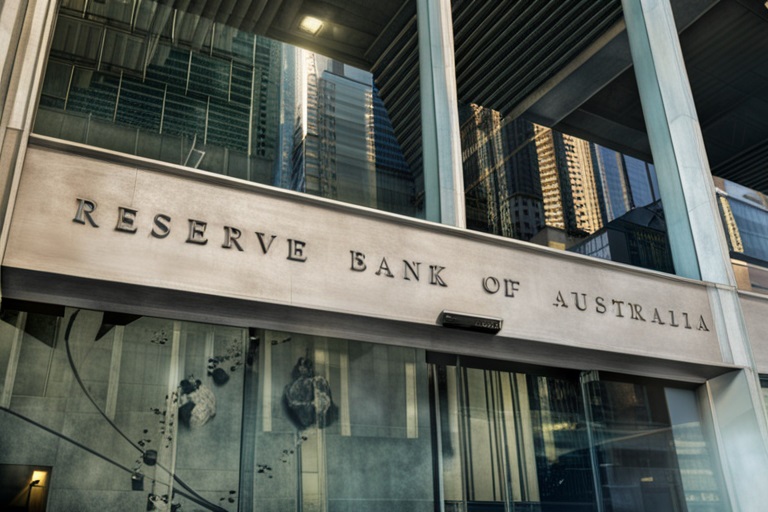The Reserve Bank of Australia (RBA) is the country’s central bank and the primary authority responsible for formulating and implementing monetary policy, ensuring financial stability, and issuing banknotes. Established in 1960 under the Reserve Bank Act 1959, the RBA is a government-owned institution that operates independently from the federal government.
RBA Objectives
The RBA’s main objectives, as outlined in the Reserve Bank Act, are to ensure the stability of the Australian currency, maintain full employment, and promote the economic welfare and prosperity of the people of Australia. In order to achieve these objectives, the RBA sets the official cash rate, which influences other interest rates in the economy, affecting borrowing costs, savings rates, and investment decisions. The bank’s monetary policy decisions are guided by a medium-term inflation targeting framework, aiming to maintain consumer price inflation between 2-3% per annum over the economic cycle.
In addition to its monetary policy functions, the RBA is also responsible for overseeing the country’s payments system, providing banking services to the government, managing Australia’s foreign exchange reserves, and promoting the overall stability of the financial system. The RBA collaborates with other regulatory bodies, such as the Australian Prudential Regulation Authority (APRA) and the Australian Securities and Investments Commission (ASIC), to achieve its financial stability objectives.
The Reserve Bank Board: Structure and Key Members
The RBA is governed by the Reserve Bank Board, which comprises nine members, including the Governor, who serves as the chair, the Deputy Governor, the Secretary to the Treasury, and six independent external members appointed by the federal government. The Governor is responsible for the bank’s overall management and represents the institution in public forums and official engagements.
As the central bank of Australia, the RBA plays a crucial role in shaping the country’s economic landscape, and its decisions have far-reaching implications for businesses, consumers, and the broader financial market.

